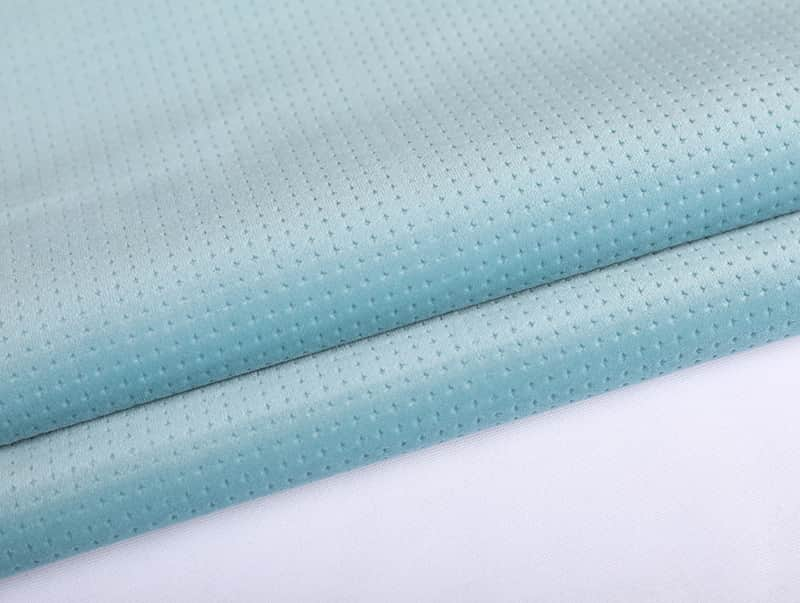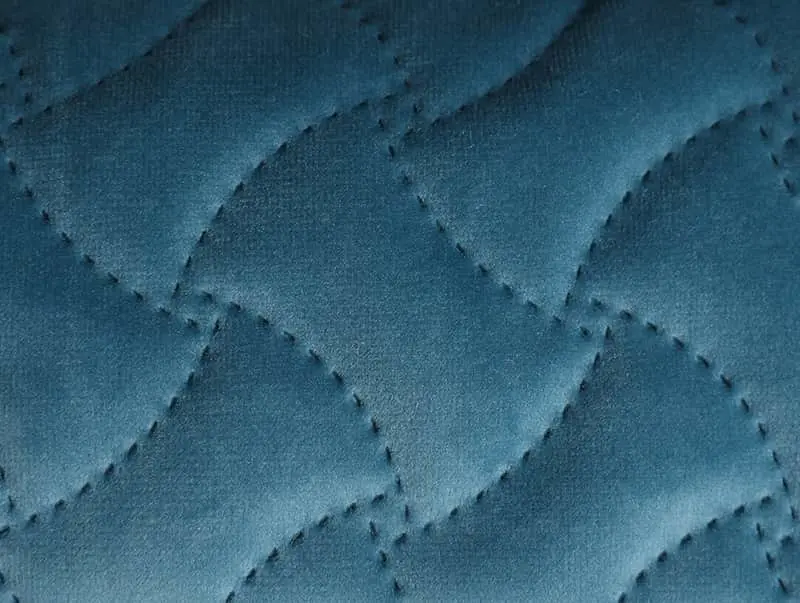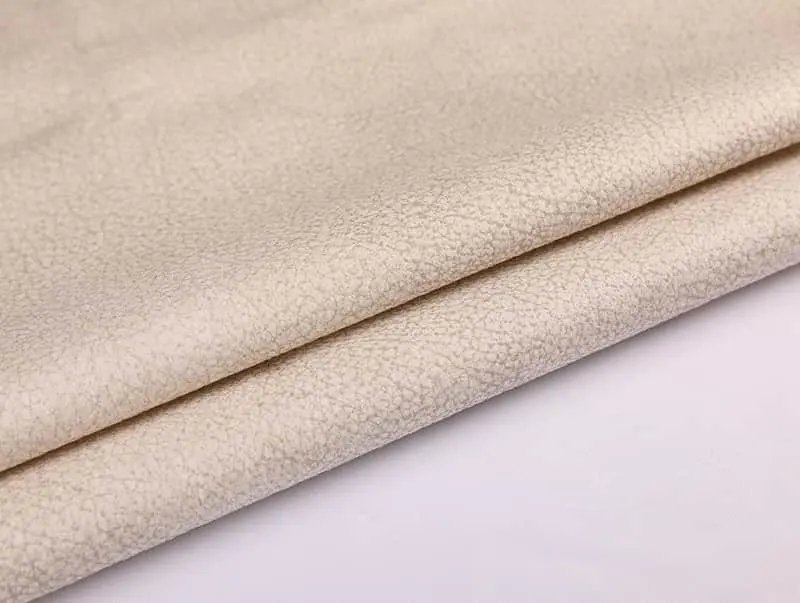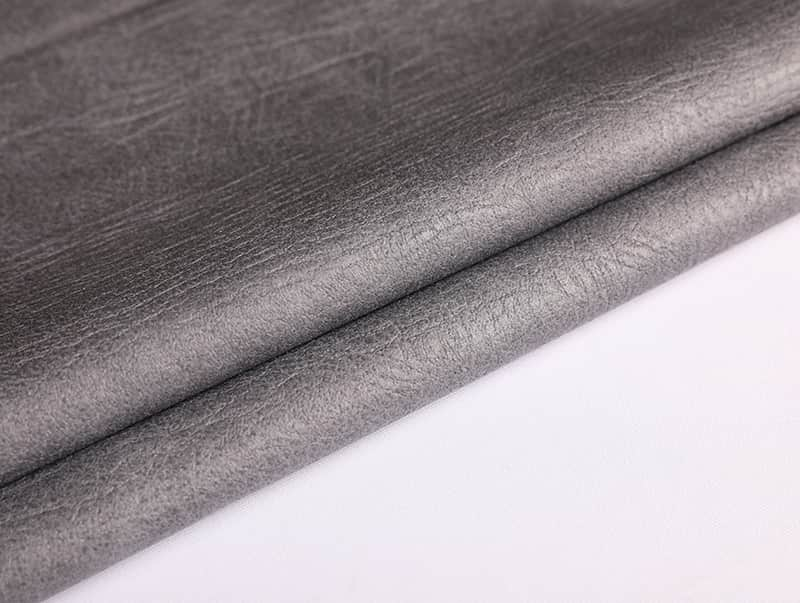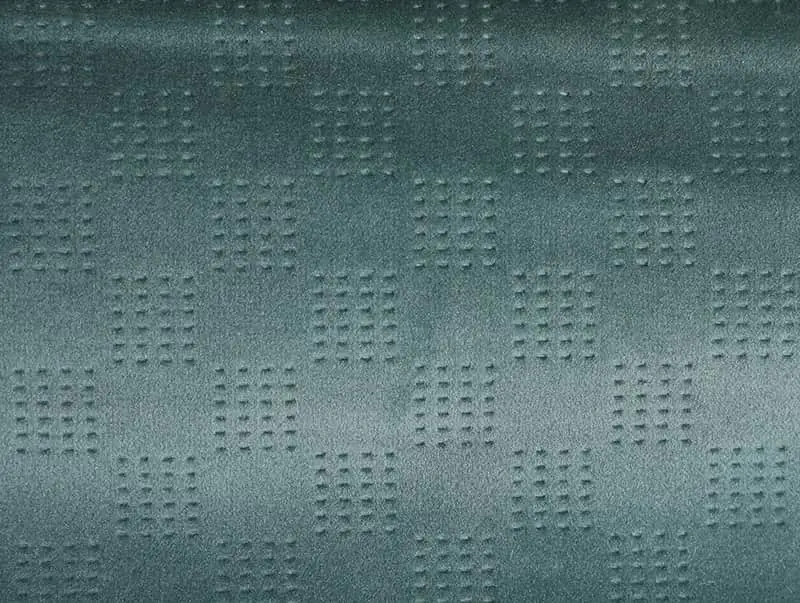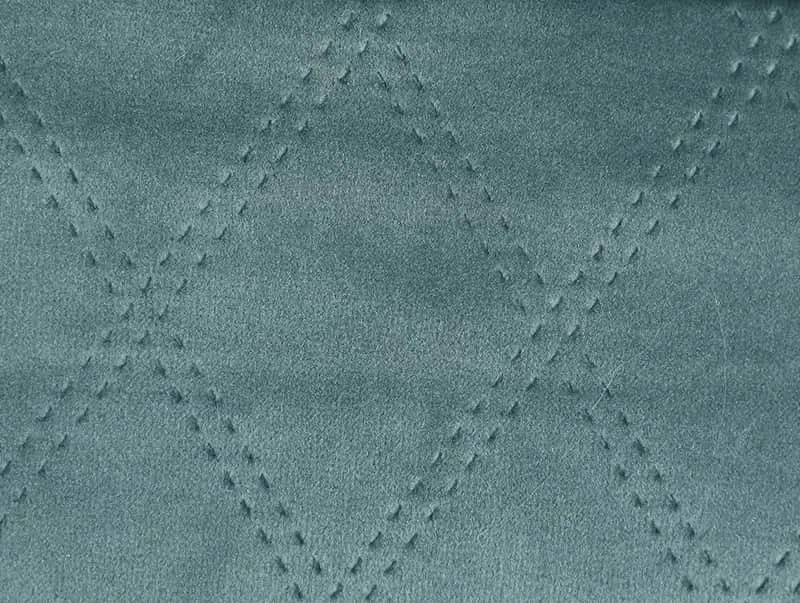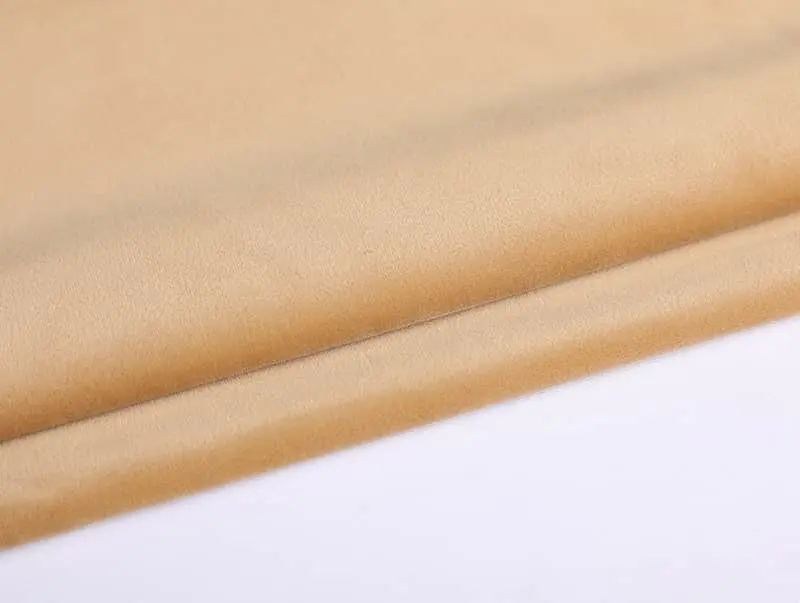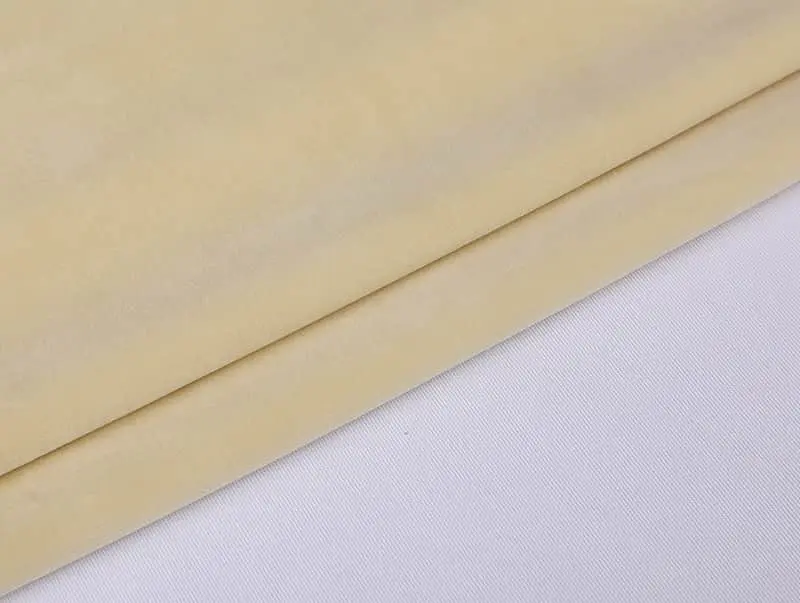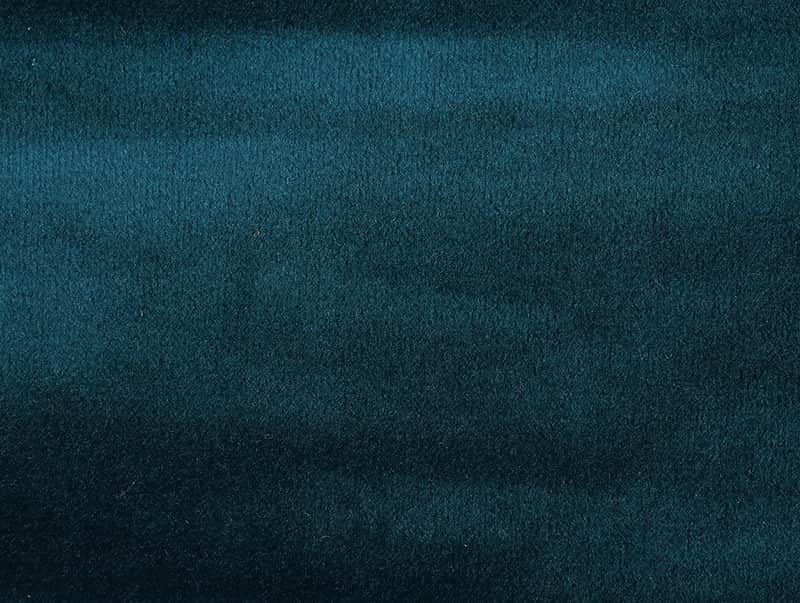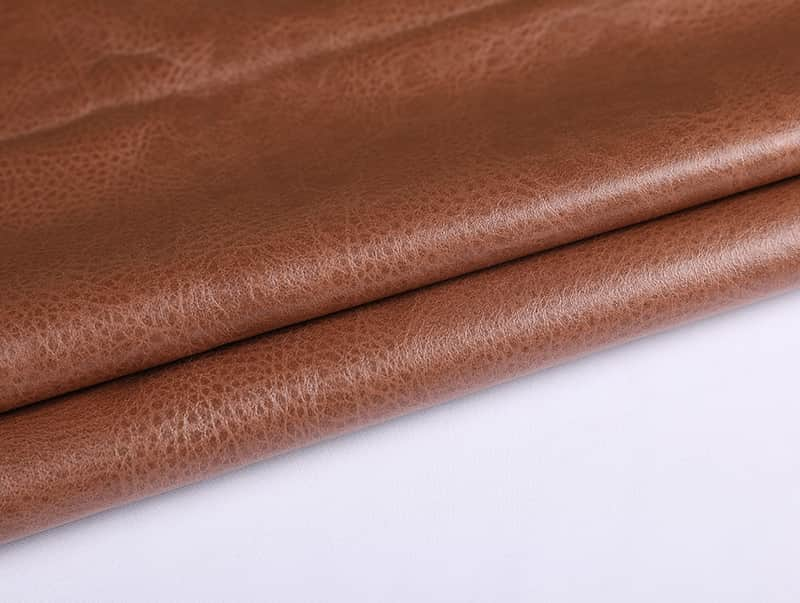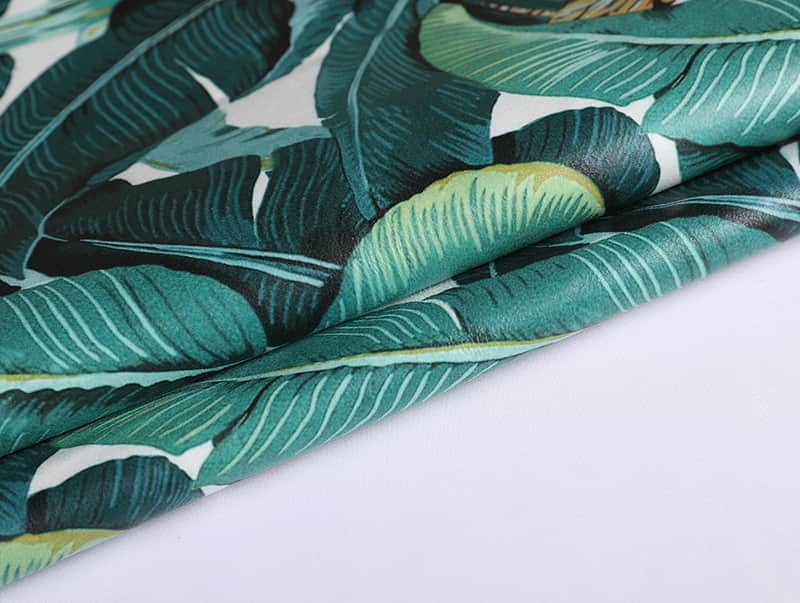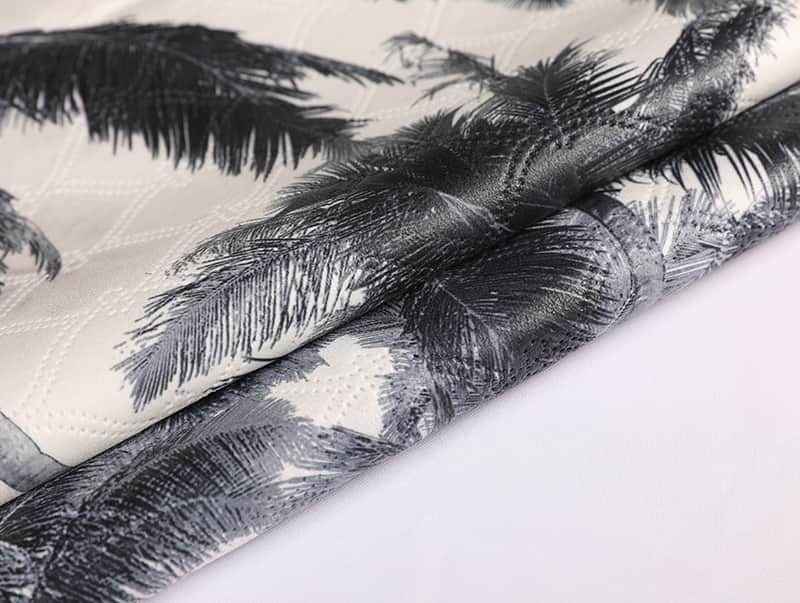When it comes to choosing the right garment fabric for your new dress, you have a few different options. There are many different things to consider when choosing a Fabric, including how it drapes and what kind of finish it has.
Fabrics
Among the various types of textiles, fabrics for garments have long exhibited desirable qualities. Their desirable properties include drape, handle, appearance, and stability. Other important factors include soil resistance, durability, and strength.
Fabric construction
The fiber content of fabric can be natural or synthetic. Natural fibers come from plant products, whereas synthetic materials come from petroleum. The composition of fibers determines the feel, appearance, and cost of fabric. Fabric construction also determines the care properties. When selecting a fabric, you should look for a label indicating the fiber content and whether it is woven or knitted. For a high-quality, long-lasting garment, you should choose a fabric that has a higher fiber content.
Fabric properties
When manufacturing garments, fabric is the basic raw material. The quality of the fabric directly affects the overall quality of the garment, as well as the smoothness of the manufacturing process. It is crucial to understand the properties of various fabrics before choosing a material.
Fabric properties include water-repellency, wickability, colorfastness, and elasticity. Fabrics with high loft are effective at reflecting light, while low loft materials are ineffective at trapping moisture. Water-repellent and water-resistant are not the same thing. These fabrics are water-resistant, but still air-permeable. In addition, fabrics with high wickability can spread moisture to keep users cool.
Fabric drape
The fabric drape a garment has will depend on the end use. A good drape is one that flows over the body without hiding it. A low drape, on the other hand, clings to the body and is suited for furniture covers and non-garment items. It can also be used for garments with a defined shape and rugged look.
The drapability of a fabric is an morphological property that refers to its ability to hang for gravity. This is an important factor to consider when choosing fabrics for close-fitting garments. It is closely related to the fiber classification, yarn twist and density of the fabric. Researchers have tried to identify factors affecting the drapability of fabrics. Generally, the bending length of a fabric correlates with its drape coefficient.
Fabric colorfastness
In a test for fabric colorfastness, a specimen is placed between two plates, under specified pressure, and dried for a specified period of time. The dyed fabric is then compared to the color of adjacent fabrics that were not exposed to the same conditions for the same amount of time.
Colorfastness of fabrics is essential if they are intended for sewing different colors together. This will allow for proper washing instructions and the finished garment to retain its quality. The use of colorfast fabrics will also prevent unwanted returns from unhappy customers. For this reason, fabric colorfastness is of critical importance for the manufacturing process. It is not uncommon for a light-colored fabric to stain or fade under bright light. The process used to dye a fabric improves its colorfastness by allowing it to be washed in a washing machine.
Fabric weight
The weight of a fabric can determine its durability, drape, and breathable quality. Depending on the type of fabric, the weight can range from 2.5 to 18 oz per square meter. In general, lighter fabrics are more suitable for summer and heavier materials for winter.
